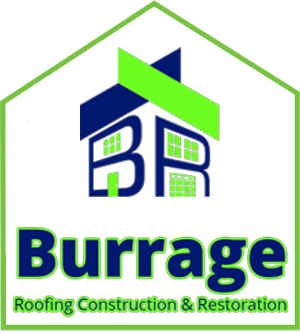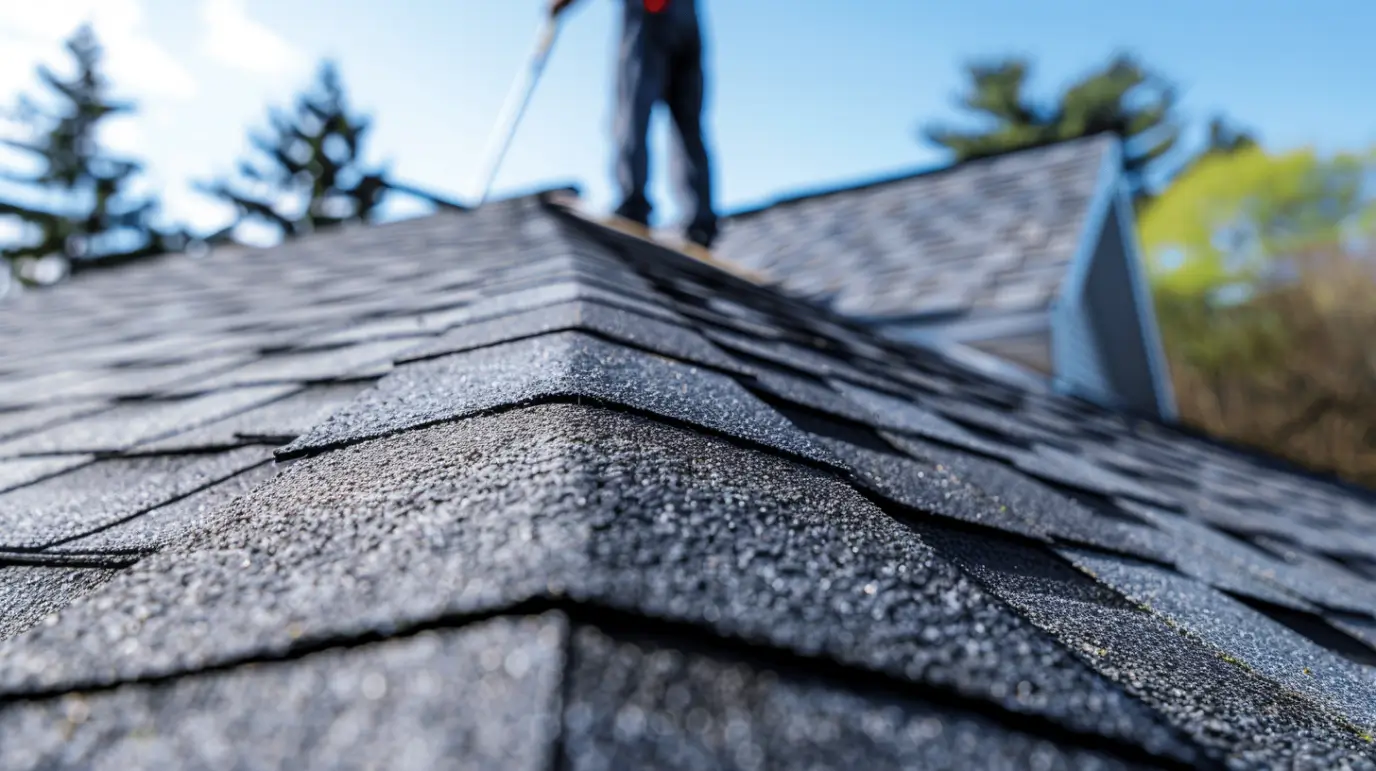Roof work requires careful planning, especially for DIY enthusiasts. The risks of a roofing project include falls, slips, and potential damage. At Burrage Roofing in Quad Cities, we understand the importance of safety. Always prioritize safety by using tips and wearing proper gear to protect yourself and your property. Whether handling small maintenance tasks or considering hiring a roofing expert like Burrage Roofing, preparation is essential for safer and more confident work. Here’s how to tackle roof tasks effectively.
Understanding the Importance of Roof Safety for DIYers
Ensuring safe roof work reduces accident risks, crucial for DIYers. Wearing safety gear like hard hats and sturdy shoes protects against falls. Regular maintenance extends roof life and helps identify hazards such as loose shingles or uneven surfaces before starting a project.
Awareness of weather conditions is vital; bad weather increases risks. By using the right tools and creating a secure work area, homeowners enhance safety. Employing a spotter adds an extra layer of protection by monitoring potential dangers. This proactive approach is essential for safe repairs and maintenance.
Contact Us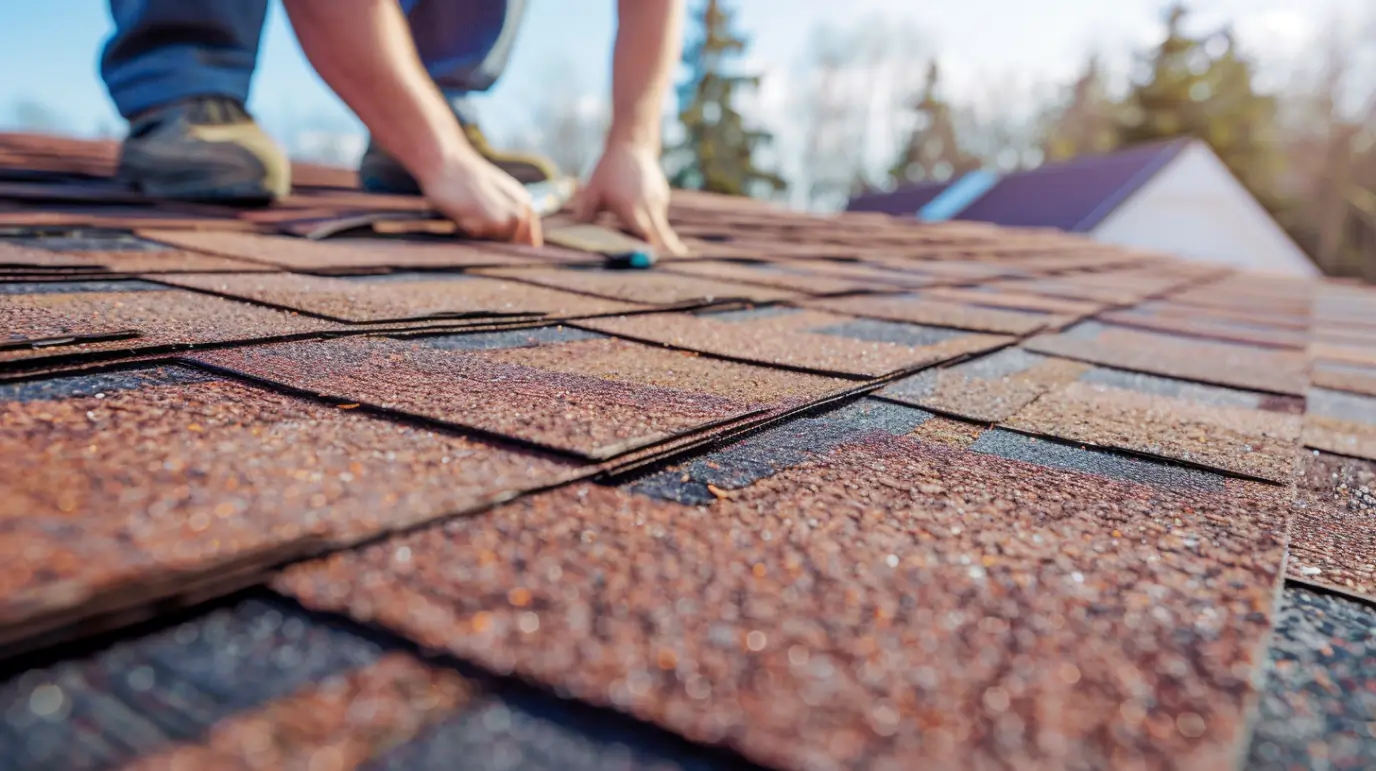
Common Roofing Hazards Homeowners Face
DIY roofing projects pose several hazards that homeowners must be aware of. The risk of falls increases on steep or uneven surfaces, while loose shingles and clogged gutters can lead to costly repairs if ignored. Exposure to harsh weather also raises accident risks, highlighting the importance of regular roof maintenance.
Improper tool use adds another danger. Lacking safety gear like a sturdy harness and protective footwear heightens injury risks. Homeowners should also be mindful of overhead threats, such as power lines. Vigilance and preparation are essential for safe roofing maintenance.
Why Roof Accidents Happen and How to Prevent Them
Understanding roofing accidents is vital for homeowners planning DIY projects. Many incidents stem from poor preparation or inadequate equipment. Slippery surfaces, unstable footing, and sudden weather changes can turn simple tasks into dangerous ones.
To reduce accidents, invest in reliable safety gear: use harnesses, wear non-slip footwear, and don a hard hat when on the roof. Maintain good traction and stable footing, especially on slopes or loose areas.
Approach each maintenance task with caution. Plan for emergencies and have a spotter to assist you. By recognizing and addressing roofing risks, homeowners can enhance safety and achieve better results.
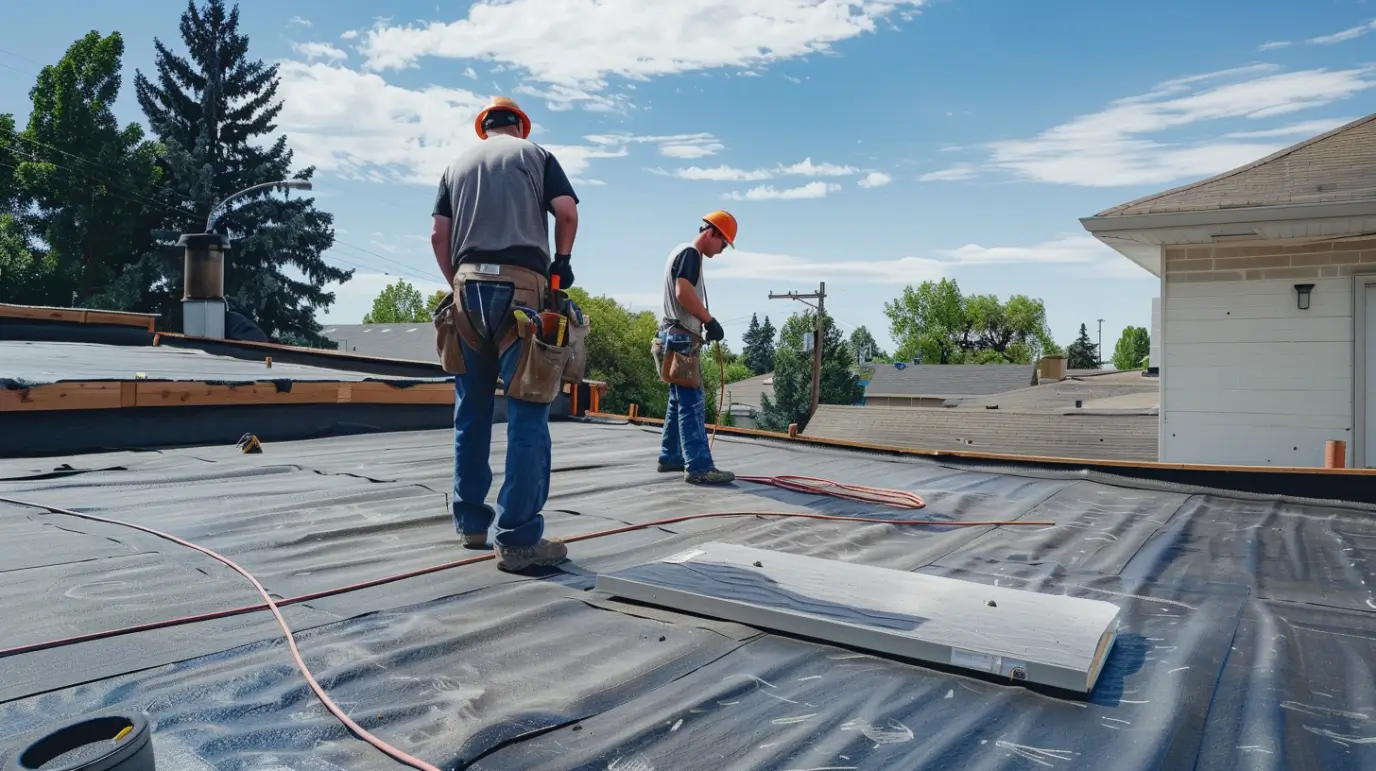
Preparing for Safe Roof Work
Preparation is essential for roofing work. Ensure you have the right tools: a sturdy ladder, a safety harness, and durable, comfortable clothing.
Assess the difficulty of your project and wear footwear with good grip. Proper preparation enhances safety, reduces accidents, and improves efficiency. By getting ready, you minimize risks and are better equipped to handle any challenges during your DIY roofing project.
Assessing Your Roof’s Condition Before Starting
Conducting a visual inspection of your roof is essential before any maintenance. Look for loose shingles, broken tiles, or wear on roofing materials. Identify DIY repairs you can handle.
Check skylights and the attic for leaks, as these may indicate larger issues requiring professional help. Also, assess the entire roof for sagging or uneven spots that could compromise safety.
By inspecting your roof thoroughly, you can catch minor problems early, preventing them from worsening. This proactive approach ensures a safer environment and helps prioritize necessary tasks.
Planning Your Project and Gathering Information
Thorough planning is crucial before any DIY roofing project. Start with a visual inspection to identify loose shingles or leaks needing attention. Seek expert advice from professional roofers and reliable home improvement guides for insights on repairs and techniques.
Familiarize yourself with local weather forecasts, as they impact safety. Create a checklist of tools and safety gear, like harnesses and hard hats, to ensure you have everything needed. This preparation enhances safety and reduces the risk of accidents and costly repairs. Always establish a clear plan before starting your roofing work.
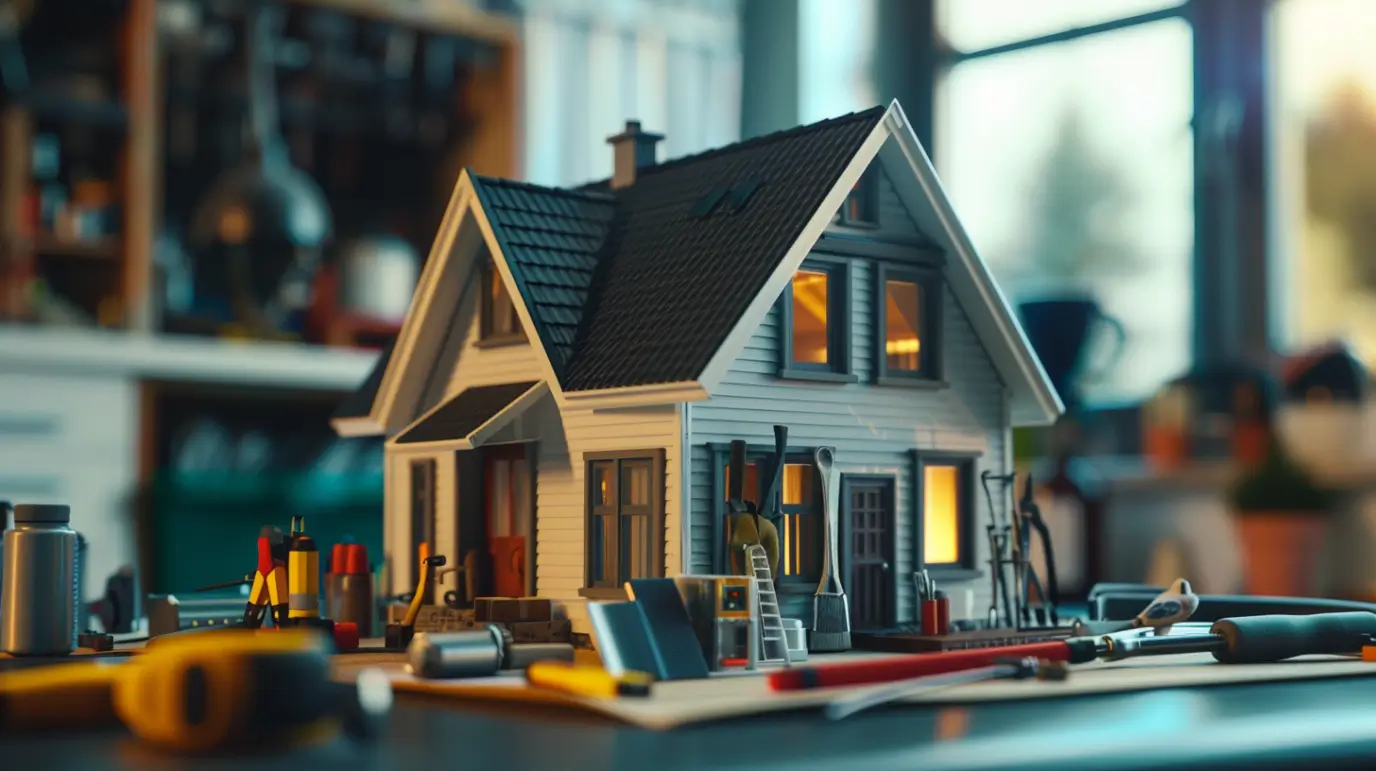
Essential Safety Equipment for DIY Roof Projects
For any DIY roofing project, proper safety gear is essential. Use safety harnesses and anchor points when working at the roof edge, and wear non-slip footwear for better grip on uneven surfaces.
Additionally, equip yourself with a tool belt for easy access to tools and a first aid kit for emergencies. The right safety equipment reduces risk and allows you to focus on your roofing work for optimal results.
Must-Have Personal Protective Gear
Proper safety gear is essential for DIY roofing projects. Key items include a hard hat for protection against falling debris, safety goggles to shield the eyes from dust and sharp objects, and sturdy gloves for grip. Good traction footwear is vital on uneven surfaces to prevent slips. A safety harness significantly reduces fall risk when working at roof edges or near skylights.
A tool belt keeps necessary tools accessible while allowing free movement. Investing in these protective measures enhances rooftop safety and efficiency, minimizing potential costly repairs.
Using Ladders and Fall Protection Safely
Using a ladder correctly is crucial for accessing your rooftop. Start by placing it on stable ground, ensuring it extends three feet above the roof edge for easy access.
Safety harnesses prevent falls; always attach them to strong roof anchors before starting work. Proper use significantly reduces risks.
Having a spotter to steady the ladder and monitor for hazards is also beneficial. By following these steps, you can work on your roof with greater safety and confidence.
Why Choose Us
In summary, ensuring your roof’s safety is crucial for DIY enthusiasts. Understanding roofing risks allows you to prepare properly and use appropriate safety gear, reducing accident chances. However, some tasks are best left to professionals. With over 30 years of experience, Burrage Roofing is proud to be recognized as an IKO Craftsman Premier Installer and a BBB Accredited Business. We have established strong partnerships with trusted suppliers such as SRS Supply, ABC Supply, Richards Supply, Final Siding, and James Hardie. Our team is here to assist with any roofing issues or inquiries. For reliable service and a job well done, contact us for a quote. Let’s enhance our knowledge and maintain safety, one roof at a time!
Read our blog: ROI From Commercial Roof Coatings
Frequently Asked Questions
What weather conditions are safest for working on a roof?
The safest weather conditions for working on a roof include clear, dry days with minimal wind. Avoid working during heavy rain, snow, or extreme temperatures. Ideally, choose mild temperatures and overcast skies to prevent glare and reduce the risk of slipping.
How do I secure myself while working on a sloped roof?
To secure yourself on a sloped roof, utilize proper fall protection equipment such as harnesses and guardrails. Always ensure ladders are stable and maintain three points of contact while moving. Additionally, avoid working in wet or windy conditions for maximum safety.
